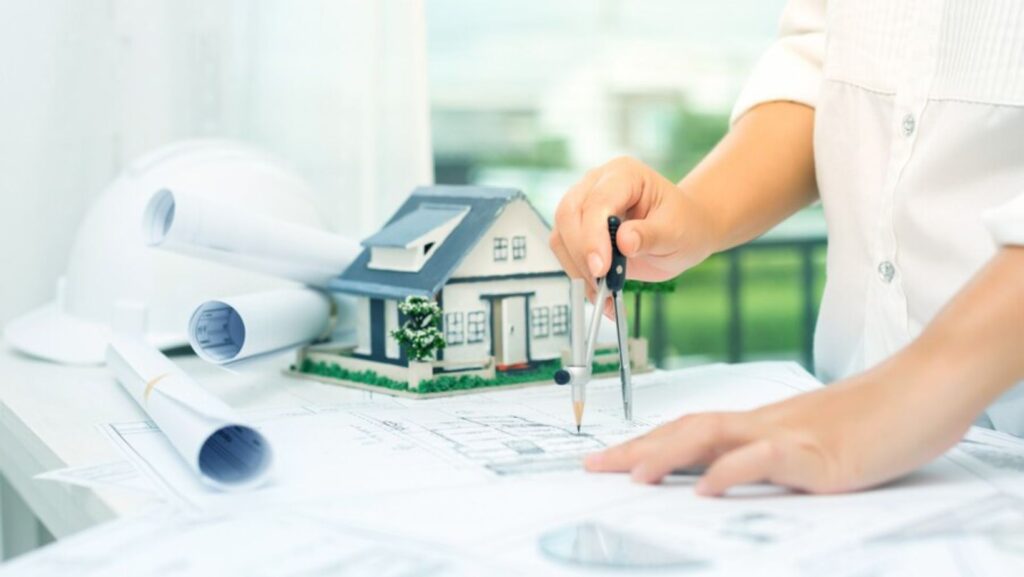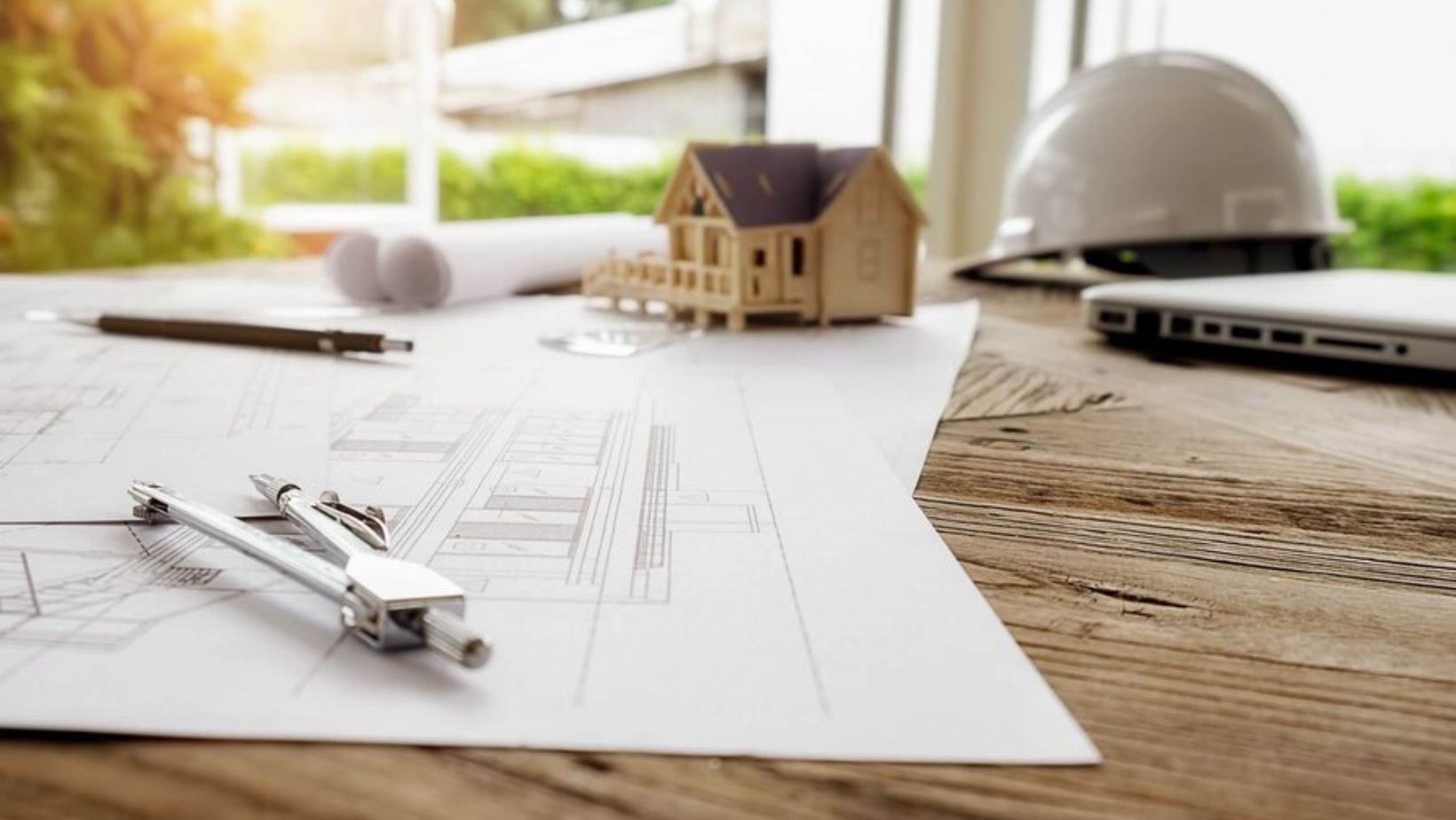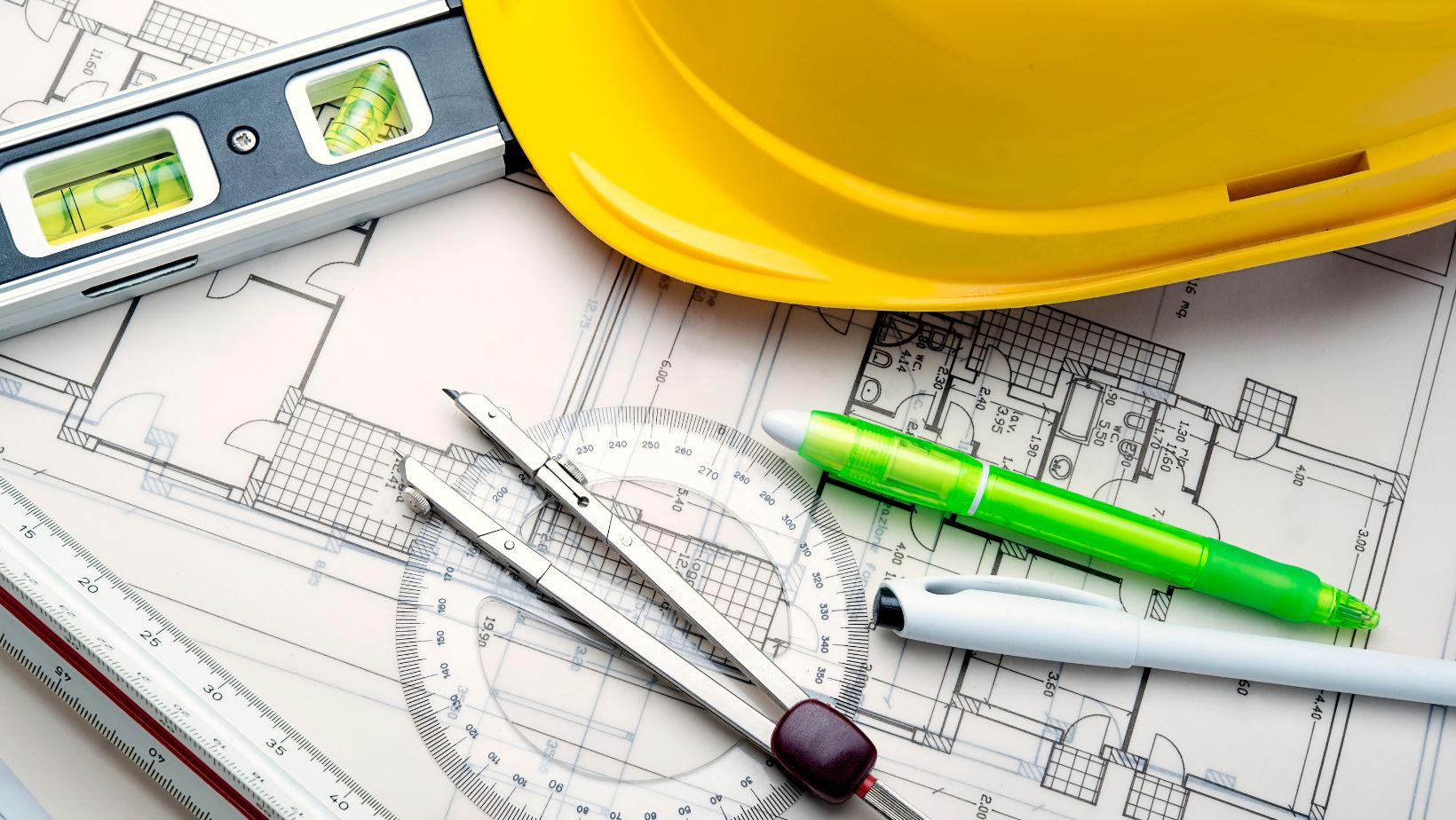Building a new home is an exciting yet complex process. From designing the layout to selecting the materials, every decision impacts the final outcome. Proper planning can make the difference between a smooth construction experience and costly delays. With so many details to consider, it’s essential to approach your new home construction with a clear vision and strategy. Here are key aspects to think about when planning your new home construction.
Budget and Financial Planning
One of the most important aspects of planning your new home construction is setting a realistic budget. While it’s easy to get caught up in the excitement of designing your dream home, it’s crucial to be mindful of your financial limits. Work closely with your contractor or builder to establish a comprehensive budget that includes not only the construction costs but also additional expenses such as permits, landscaping, and finishing touches.
To avoid surprises, factor in a contingency fund for unexpected costs that may arise during the building process. Setting aside around 10% to 15% of your budget as a buffer can help you manage unforeseen costs and expenses without jeopardizing the overall project. It’s also essential to secure the necessary financing before construction begins, ensuring your funds are available when needed.
Choosing the Right Location
Where you build your home is just as important as how you build it. The location will influence everything from your home’s value to your day-to-day lifestyle. Consider factors such as proximity to schools, work, and amenities like grocery stores or parks. For families with children, having quality schools nearby may be a top priority, while others might prefer a more secluded location with scenic views.
Another key factor is the lot size and shape. The dimensions of the land can impact your home’s design and the amount of outdoor space you’ll have for activities such as gardening, entertaining, or installing a pool. A professional can help you assess potential sites to ensure they meet your needs while aligning with your vision for the home. They have expertise in evaluating potential locations and can help you assess factors such as zoning regulations, soil conditions, and infrastructure.
Home Design and Layout
The design and layout of your new home should reflect both your lifestyle and future needs. Start by considering how many bedrooms and bathrooms you’ll need and whether you want an open-concept living space or more defined rooms. If you work from home, including a dedicated office space can provide the necessary quiet and privacy.
When planning your layout, also think about your home’s flow and functionality. For instance, having the kitchen close to the garage or main entry can make unloading groceries easier, while positioning the master bedroom away from high-traffic areas provides more privacy. In larger homes, you might also want to incorporate separate areas for relaxation and entertainment, such as a media room or outdoor living space.
Energy Efficiency and Sustainability
Energy efficiency is becoming increasingly important for homeowners, not only for reducing environmental impact but also for lowering utility costs. Incorporating sustainable building materials and energy-efficient appliances into your design can significantly reduce your home’s carbon footprint. Consider installing energy-efficient windows, proper insulation, and LED lighting to improve your home’s overall energy performance.
Solar panels are another popular option for generating renewable energy. While the initial investment may be higher, the long-term savings on electricity can make it worthwhile. Additionally, choosing eco-friendly materials like bamboo flooring or recycled countertops can add both sustainability and aesthetic appeal to your home.
Future-Proofing Your Home
Building a new home is a long-term investment, so it’s important to think about how your needs may change over time. Whether you’re planning to expand your family or considering the possibility of aging in place, designing a home that can adapt to your future needs is essential. For example, you might want to include extra bedrooms that can be used as guest rooms or home offices until they’re needed for children.
Accessibility is another factor to consider if you plan to stay in your home as you age. Features such as wider doorways, ground-floor living spaces, and walk-in showers can make your home more comfortable and functional in the future without the need for costly renovations.
Working with the Right Builder
Choosing the right builder is critical to ensuring your home construction process goes smoothly. A reputable builder with experience in custom homes can guide you through each step, from initial design to final inspections. Be sure to research potential builders thoroughly by reviewing their portfolios, reading client testimonials, and asking for references.
Clear communication with your builder is key to avoiding misunderstandings and ensuring your vision is fully realized. A luxury home builder in Greater Vancouver, for instance, can provide expertise and attention to detail, ensuring that your home is built to the highest standards of quality and craftsmanship. Once you’ve chosen your builder, establish a timeline and schedule regular meetings to review progress and address any concerns. By fostering a collaborative relationship with your builder, you can ensure your new home reflects your personal style while staying on budget and on time.
Building a new home is an exciting journey, but it requires careful planning to avoid costly mistakes and ensure the final result meets your expectations. By focusing on budgeting, location, design, energy efficiency, future-proofing, and working with the right builder, you can create a home that not only suits your current needs but also grows with you over time.




More Stories
15 Cool & Unexpected Ways People Are Using Neon Signs in 2025
How Asbestos Testing Safeguards Modern Architecture Projects
Luxury Glassware for Yachts — Which Collections Are Worth Bringing On Board